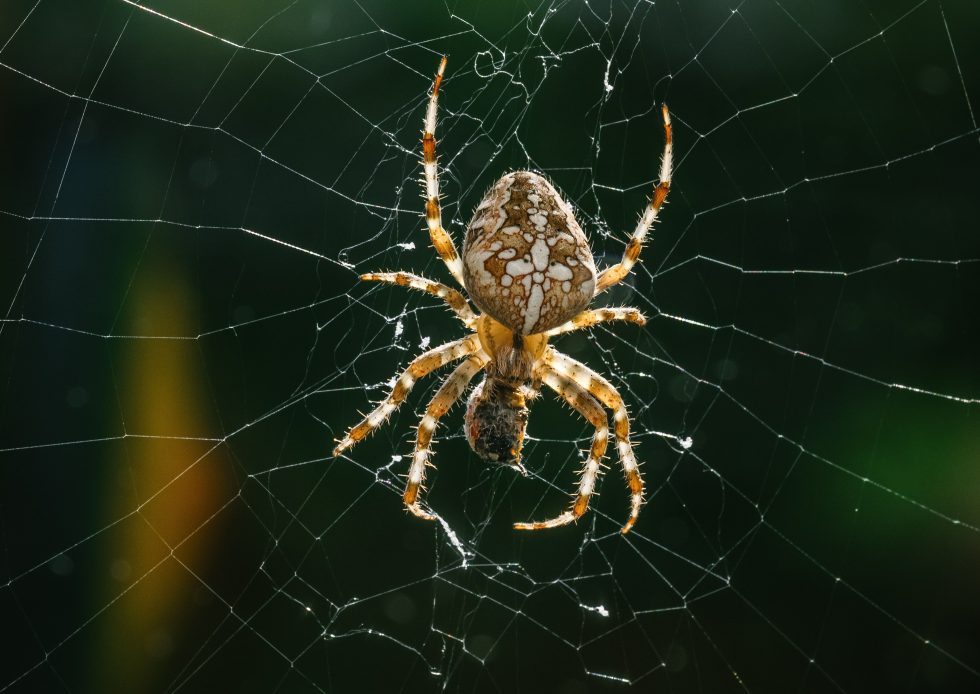Utah is home to a wide variety of spiders, from hobo spiders to wolf spiders to the dangerous black widow. No matter what variety of arachnid you’re dealing with, you should be able to identify this pest in all three stages of the spider life cycle.
Eggs, spiderlings, and adults can all be a problem for your home. Understanding the life cycle of a spider can help you formulate an effective pest treatment plan.
Eggs
Spiders begin their lives as eggs. Female spiders can lay up to a thousand eggs at once, and many species lay eggs year-round. After laying eggs, the female creates a sac out of silk to protect them.
Egg sacs vary in size and appearance, but many look like circular or ovular “pillows” of silk. They are usually white or off-white in color, but they can also be brown or yellow.
Look for sacs in dark, undisturbed areas of your home – think closets, basement corners, attics, and other quiet spots. You should also keep an eye on humid areas like the bathroom, as spiders like humidity.
Spiderlings
Spiders usually hatch from their eggs after a few weeks. In some cases, however, eggs are able to overwinter and could last through colder months and hatch in the spring.
Spiders emerge from their egg sac in the form of spiderlings. These young arachnids resemble adult spiders in many ways, but they lack the fully-formed exoskeleton of adult spiders. Spiderlings molt several times before fully developing.
Immediately after leaving the egg sac, spiderlings go off on their own in search of prey. They travel on foot or by “ballooning,” a process during which they use strands of silk to catch a ride on air currents.
Spiderlings are capable of traveling to every corner of your house after hatching, so you should try to eliminate egg sacs before they hatch whenever possible.
Adults
Adulthood is the final stage in the life cycle of a spider. Spiders reach adulthood after they have molted five to ten times and have a fully developed exoskeleton. While most spiders don’t live beyond one year, some can live for up to two years – including the wolf spider, which is found in Utah.
Adult spiders are able to mate and reproduce, which makes it important to eliminate them in order to stop the spider life cycle. If you only target egg sacs (or adults, or spiderlings), your pest control efforts might not be effective. Spiders at every stage of life pose a threat to your home and your peace of mind.
Stop the Spider Life Cycle Today
To treat spiders in your home, you need to eliminate the pest at every stage of its life cycle. H2 Pest Control can help you fully address your spider problem with targeted solutions for eggs, spiderlings, and adult spiders. Our experts have a thorough understanding of the spider life cycle, and we use that knowledge to formulate effective pest control plans.
The life cycle of a spider is relatively fast. If you have a spider problem, you should act immediately to address it. Call us today to set up a service appointment!



